The year has been dominated by the twin pandemics of Covid-19 and systemic racism in American society. In the pages of Smithsonian magazine, both in print and online, our editors have sought to both provide context on these challenging times and offer a respite from the harrowing news of the day. In the list below, we’ve curated our own favorite articles you might have missed: stories that sated our curious instincts, relaxed our anxious brains, delighted our inner child, pushed us out of our comfort zones, filled the gaps in our understanding of the world, and transported us to far-off worlds when we were stuck at home. Enjoy these reads, and stay safe as we venture into 2021.
1. Fifty Things We’ve Learned About the Earth Since the First Earth Day
Earth Day 2020 roared in like a lion this year, arriving on the heels of lockdowns and closings across the country due to the Covid-19 pandemic. The 50th anniversary of Gaylord Nelson’s “big concept” to win the “environmental war” struck many Smithsonian scientists, curators, educators and scholars of every sort, as a prodigious moment for reflection. This collaborative list, detailing the secrets of what the Earth under study has revealed these past five decades, is one to come back to time and again. — Beth Py-Lieberman, museums editor
2. Who Was Fannie Lou Hamer?
To mark the centennial of the 19th Amendment, which extended the right to vote to white women, Smithsonian launched a special hub focused on what happened next. Fannie Lou Hamer’s story—recounted by historian Keisha N. Blain, who’s penning an upcoming biography on the activist—exemplifies how the fight for the franchise continued long past 1920. Hamer, a sharecropper in Jim Crow Mississippi, wasn’t aware she had the right to vote until she was in her 40s, but she soon became a determined activist working to transform segregated Southern politics. In a year of headlines about voter suppression, race and voters of color’s pivotal role in the 2020 election, Hamer’s story resonates as a reminder of how the not-so-distant past shapes our present. — Lila Thulin, editorial assistant
3. The Last Quiet Places
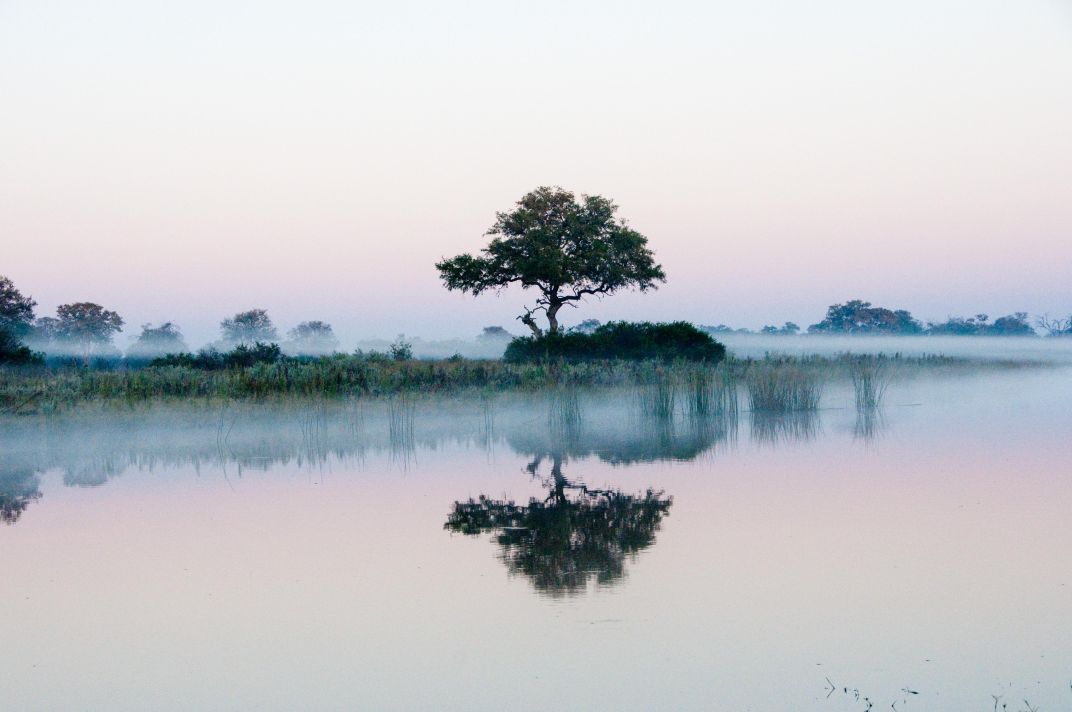
The topic of silence became one of much interest during the world’s pandemic lockdown. Some of us discovered what silence really meant—no sounds of airplanes, no sounds of road traffic—and suddenly we could hear the rustling of leaves in the wind and birdsong that had once been drowned out, those things we’d been missing all along. Photographer Pete McBride’s images and text make it clear that such things are precious, perhaps even necessary, to our existence, and the earth’s existence. — Maria Keehan, creative director
4. Why Covid-19 Patients Are Suffering From Distorted and Phantom Smells
One of the strangest early effects scientists discovered about Covid-19 was that the virus could eliminate many patients’ sense of smell. Only later did researchers learn that the disease also sometimes changes the smells many people experience—often to disgusting scents. Science journalist Stephanie Feuer dug into the science of this phenomenon as it was evolving, with compelling first-hand testimonies and clear explanations of the biological reasons behind the stinky sensations. — Joe Spring, associate web editor, science
5. The History of the StairMaster
Michelle Delgado’s investigation of the StairMaster’s origin story satisfies our of-the-moment hunger for nostalgia. There’s no better time to revisit this piece as we enter the midst of the pandemic winter. The StairMaster represents a tale of humble beginnings that ends with rockstar-level success. Born out of the oil crisis in Oklahoma, the machine’s inventors stepped out of the energy industry and into the about-to-explode fitness market at the perfect time. My favorite quote from the piece reads: “The StairMaster is at the center of the gym. It's a bit of an exhibitionist.” Whether you’re the new owner of an iconic StairMaster or someone who’d rather read about exercising than anything else, Delgado provides this engaging, fact-packed read.— Rachael Lallensack, assistant web editor, science and innovation
6. How Africa’s Mountain Gorillas Staged a Comeback
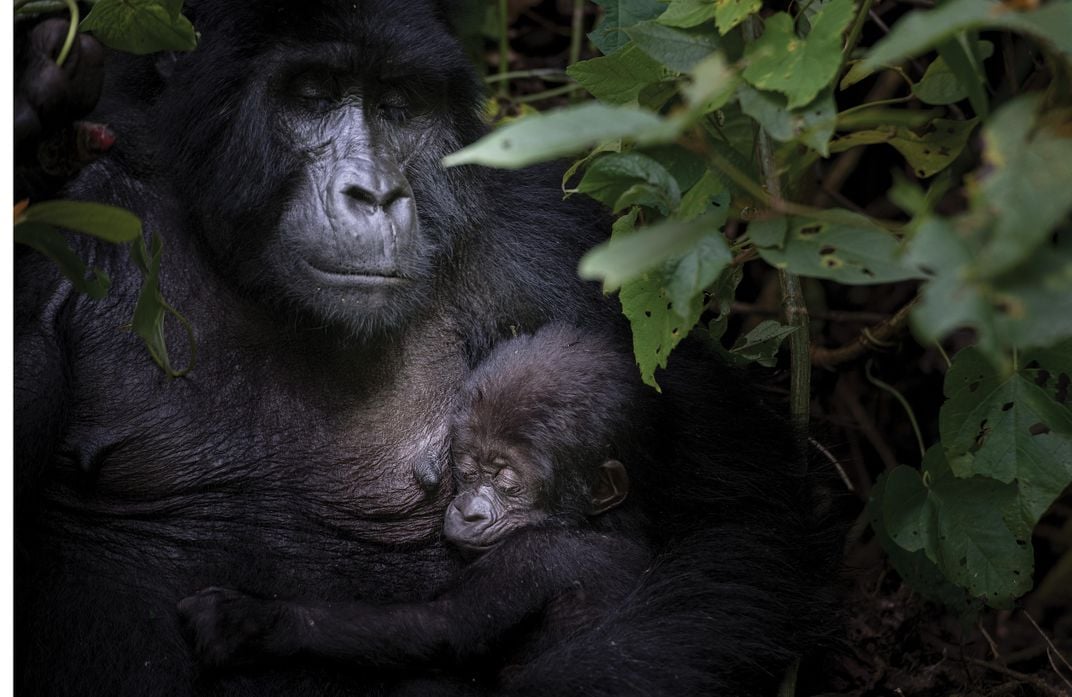
When conservation photographer Neil Ever Osborne came to me with the idea of doing a photo essay focused on the comeback of the mountain gorilla in DRC, Rwanda and Uganda, he immediately had my attention. Communities are engaging and cooperating in the protection of the gorillas, and now when the gorillas thrive, those communities do, too. It’s difficult to find positive wildlife stories these days, but it’s important to celebrate those conservation victories when we can, and then build on them in the future. — Jeff Campagna, photography editor
7. Nine Harrowing Eyewitness Accounts of the Bombings of Hiroshima and Nagasaki
Seventy-five years on, the end of World War II, particularly in the Pacific theater, still carries weighty questions about historical memory. Looming over any commemoration of V-J Day is the debate over the United States’ decision to drop two atomic bombs on Imperial Japan, a matter still contentious to this day. In addition to describing the horrors of the Battle of Okinawa, which preceded the bombings that summer, and the actions taken by the crew of the Enola Gay, the plane that dropped the first bomb on Hiroshima, we also sought to hear from Japanese citizens themselves. Smithsonian editor Meilan Solly culled through historical archives to highlight these nine accounts of those who survived the attacks, what they experienced, and how they remember those two deadly days. — Brian Wolly, digital editorial director
8. When Michigan Students Put the Car on Trial
Shortly before the first Earth Day in 1970, a playful band of college activists at the University of Michigan held a show trial for the American car. Their aim was to highlight the deadly consequences of automotive pollution, and the students’ lively, subversive spirit helped the stunt grab national headlines. Journalist Kate Wheeling recounts this story with an eye for delightful detail, while also tracing the more serious work that many of these activists went on to pursue after college. — Ted Scheinman, senior editor
9. When the Race Is Over
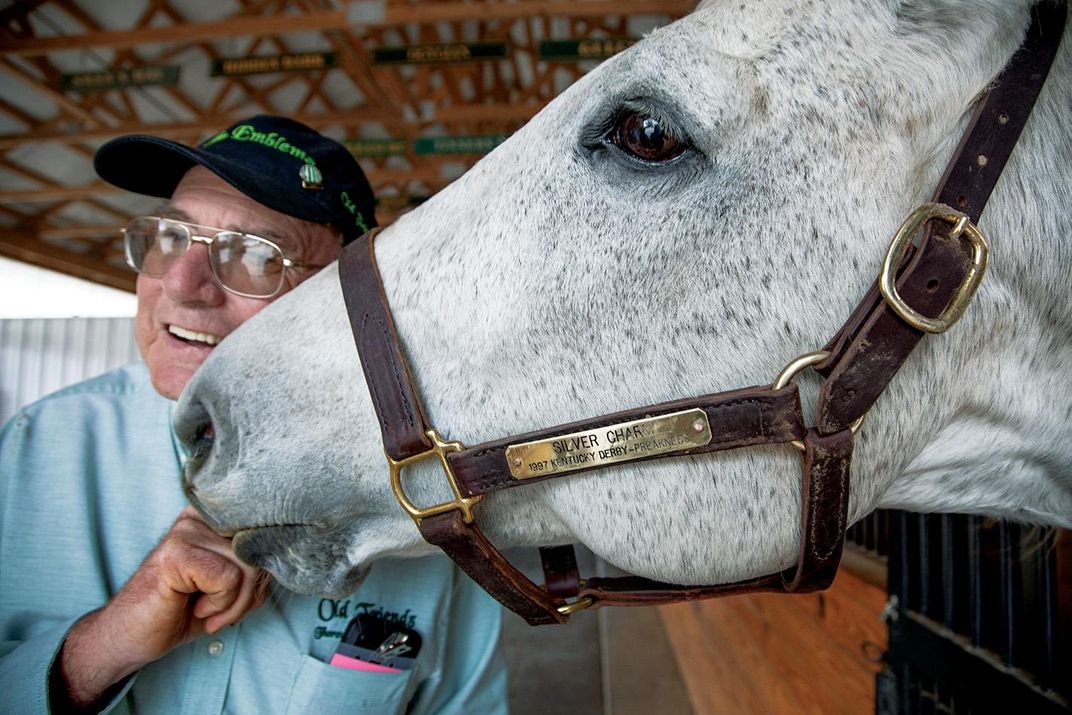
This charming and yet pointed essay, with text by Jay Hovdey and photography from Annie Marie Musselman, describes a farm in Kentucky where racing thoroughbreds retire. It offers a satisfying escape and exemplifies the magazine at its best, with a perfect match of graceful text and compelling photos. — Terry Monmaney, executive editor
10. Should the Frame Be Recognized as an Art Form?
I thought I was a lonely connoisseur of this art form; so many times in the pre-Covid era, I would visit the Smithsonian’s art museums and get distracted in admiring the elegant craft of the picture frame. When writer Eleanor Cummins professed that she, too, had a penchant for what was happening at the perimeters of the canvas, we conspired to report on the work of the masters in this field like Gregory Kirchner and architect Stanford White, among others. Smithsonian conservationist Martin Kotler, who keeps up with the art of the frame, was our expert guide to this part of the artisan world long overdue for recognition. — Beth Py-Lieberman
11. Nine Women Whose Remarkable Lives Deserve the Biopic Treatment
When Hollywood rolls out its annual slate of biopics designed to win awards, it’s worth thinking about whose lives we don’t often see, especially women of color. Staff editors Meilan Solly and Lila Thulin made things easier for the movie studios with this list of nine cunning, complicated and courageous women and the incredible lives they led. From the first woman elected chief of a major Native American tribe to the last empress of China, these women are rulebreakers, daredevils, tough leaders, freedom fighters and free lovers. Because so many more stories remain untold and because diversity is a perennial problem on the silver screen, this list represents just a sliver of the breadth of potential narratives that screenwriters can pull from. — Rachael Lallensack, assistant web editor, science and innovation
12. What Is Math?
When a teenager’s question about the value of math went viral on the social network TikTok, writer Dan Falk came to us with a thorough essay answering the delightfully nerdy and irreverent inquiry. His detailed, flowing response digs into the debates scholars have had for centuries that revolve around the teen’s not-so-simple question. — Joe Spring
13. During the Covid-19 Pandemic, Avid Collectors Find Joy in Their Prized Possessions
Writer Dina Gachman’s look at how the Covid-19 pandemic has sent amateur collectors of PEZ dispensers, entertainment memorabilia, comic books and rare toys into overdrive is a fascinating and true-to-our-core read. Gachman speaks with several passionate collectors who have been expanding, trimming and reorganizing their troves in recent months, as well as a psychiatrist who helps to explain why people often turn to collecting as a comfort in difficult times. — Megan Gambino, senior web editor
14. What Are U.S. Airlines Missing? Women Pilots
Despite a generation-long recruiting push, the percentage of U.S. commercial airline piloting jobs going to women has increased by a mere one percent during the 21st century, far behind that of countries like India. Contributing editor Arielle Emmett spoke with pilots, instructors and recruiters to try to identify the factors that have in large part prevented women aviators from shattering the glass ceiling at 20,000 feet. — Chris Klimek, associate editor, Air and Space magazine
15. Meet the Ecologist Who Wants You to Unleash the Wild on Your Backyard
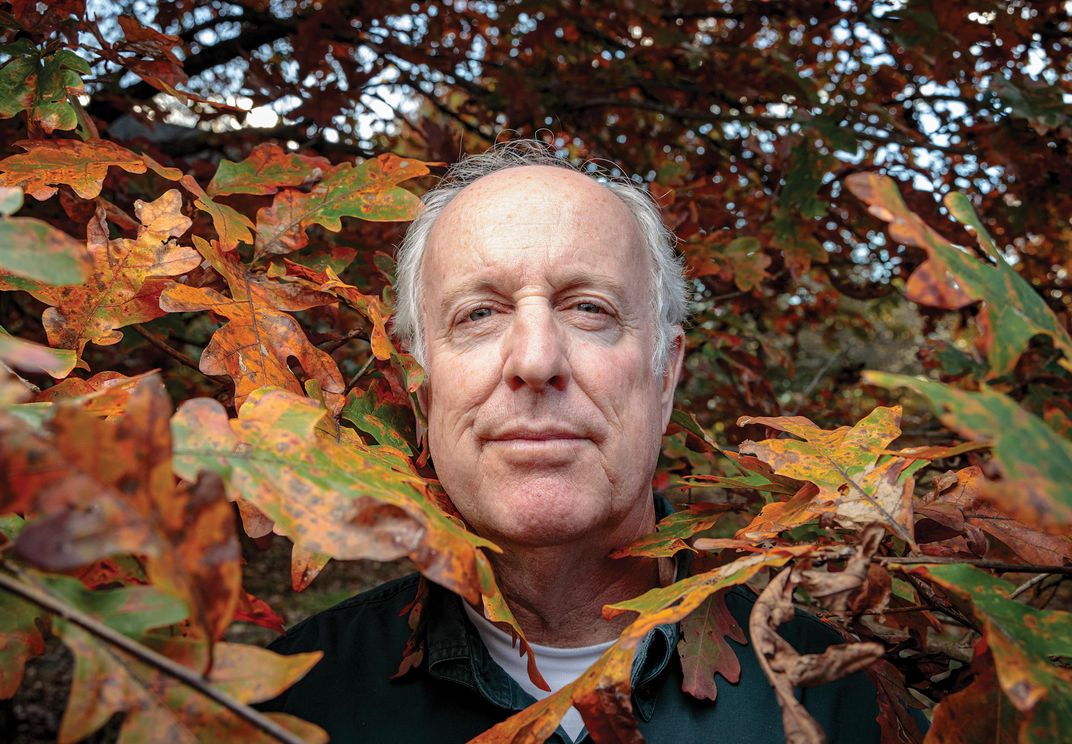
When we first published our story on ecologist Douglas Tallamy’s vision for rewilding America one backyard at a time, the nation was just going into lockdown. None of us knew just how much time we’d be spending in our own private ecosystems. Now, Tallamy’s practical advice for nurturing native plants and insects can give your spring gardening dreams a renewed sense of purpose. — Debra Rosenberg, executive editor
16. Was Beethoven Black? Probably Not, but These Unsung Composers Were
After writer Nora McGreevy read a Twitter thread questioning whether Ludwig van Beethoven was black, she set out to investigate the theory’s origins and determine whether it had any basis in the historical record. Perhaps unsurprisingly, McGreevy found no substantial evidence that the German composer had African ancestry—but as she pointed out, “[T]he resurgent question serves as an opportunity to highlight the pressing discussion about inequality and systemic racism in classical music and its history.” Though Beethoven probably wasn’t black, he had an array of contemporaries who were, including English violin virtuoso George Bridgetower and French composer Chevalier de Saint-Georges. — Meilan Solly, assistant web editor, humanities
17. The Story of Geraldine Ferraro's VP Candidacy
Next month, Senator Kamala Harris will take the oath of office as the 49th Vice President of the United States and the first woman to hold the position. This glass-breaking accomplishment built upon the work of incredible Americans like Shirley Chisholm and Geraldine Ferraro, the latter of whom was the subject of a fascinating profile written by Smithsonian staffer Lila Thulin. Timely as ever, the story pulls together recollections from those who worked with Ferraro as the running mate for the ill-fated 1984 presidential campaign of Walter Mondale. Come for the journey through the not-so-distant political history, but stay for the anecdotes that wouldn’t feel all that out of place today. — Brian Wolly
18. Why the Black National Anthem Is Lifting Every Voice to Sing
The first time I heard “Lift Every Voice and Sing,” everyone in the room—all their voices in unison—gave it full-throated splendor, and I felt shame for not knowing the words. When the NFL announced it would be playing “Lift Every Voice and Sing” at its games this year, I told writer Janelle Harris Dixon about that moment of cultural disparity and asked her to delve into the story of James Weldon Johnson’s early 20th-century poem. She beautifully traces its evolution, explaining how its verses became a powerful anthem endowed with a deep history of black pride. — Beth Py-Lieberman
19. The History of Chain Letters
In the mid-20th century, chain letters arrived in households via the U.S. mail, including one odd missive to my mother asking her to send handkerchiefs to strangers. I hadn’t thought about the request for years until I read Meilan Solly’s well-researched history of the correspondence. Forms of the chain letter date back to ancient Egypt and the medieval age, while the modern iteration, collected and studied by scholars, surfaced in 1888. The plentiful examples—letters that threatened a curse, tried to scam, and preyed on people’s fears, superstitions, beliefs, desires, morality and sense of self—made this article an entertaining way to ponder our puzzling human nature. — Jeanne Maglaty, copy editor
20. What Can Bonobos Teach Us About the Nature of Language?
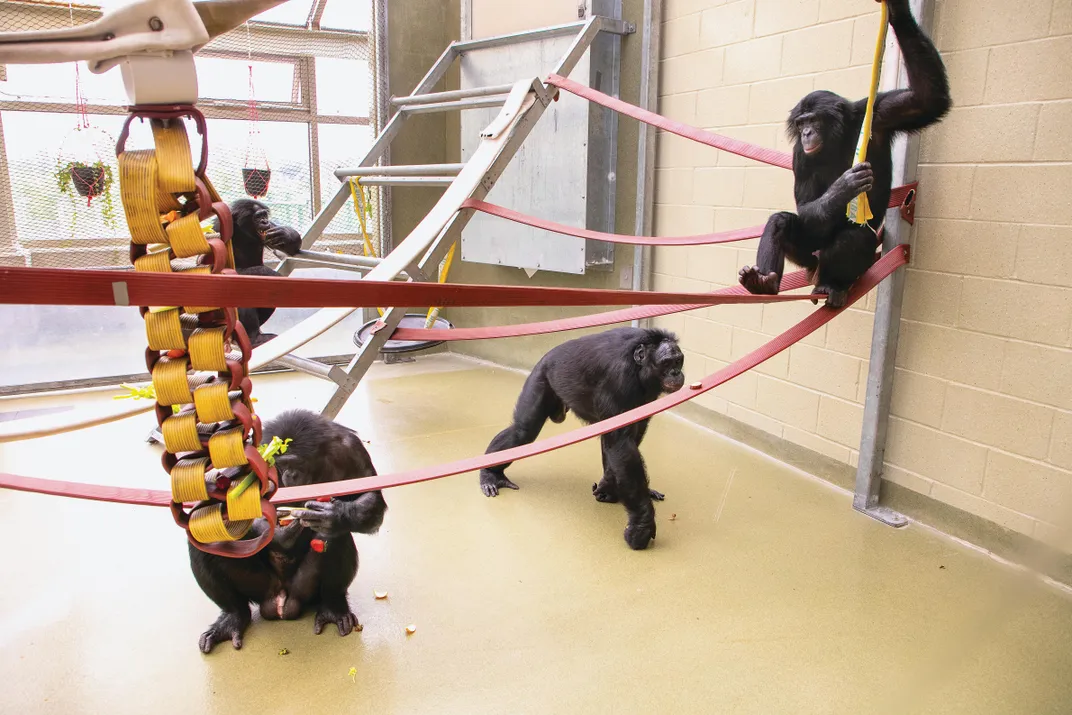
Lindsay Stern’s compassionate account of the rise and fall of bonobo researcher Sue Savage-Rumbaugh is many things: a nimble intellectual history of the field of ape language research, an account of a custody battle without precedent in the fight for animal rights, and a lively philosophical inquiry into the nature of what distinguishes us from our nonhuman animal kin. But at heart it’s also a love story, which is why it stays with you long after you’ve read it. — Arik Gabbai, senior editor
21. The Museum Director Who Defied the Nazis
Only one museum in Paris kept its doors open when the Nazis marched into the city in June 1940: the Musée de l’Homme, or the Museum of Man, run by the bold ethnologist and socialist Paul Rivet. While the Louvre closed its doors, Rivet kept his open as a rebuke to the Nazis—while allowing some of the earliest fighters in the French Resistance to organize a major cell in the museum. The journalist and novelist Laura Spinney tells this heroic tale with thoughtfulness and panache, encouraging readers today to consider how museums and other cultural sites can be hubs of righteous resistance. — Ted Scheinman
22. Covid-19’s Impact on Working Women Is an Unprecedented Disaster
In this October article, writer Livia Gershon examined Covid-19’s disproportionate toll on working women, particularly those of African American and Latina descent. As historian Crystal M. Moten, a curator in the division of work and industry at the Smithsonian’s National Museum of American History, observed, “While women have made some gains in the labor force, Covid-19 threatens this small progress.” Deftly tracing historical inequalities that continue to have an outsized influence on women in the workforce, Gershon underscored the key role domestic labor—a field traditionally dominated by women and girls—plays in holding up the economy, as well as the long-term damage potentially posed by the pandemic. — Meilan Solly
23. Born Enslaved, Patrick Francis Healy 'Passed' His Way to Lead Georgetown University
For a few years now, colleges and universities with foundational ties to slavery have been reckoning with their original sins, and Georgetown University was among the first to take steps to acknowledge its historic roots to slavery. But writer Bryan Greene’s biography of the Jesuit school’s 19th-century president Patrick Francis Healy delivers shades of gray to what would seemingly be a black-and-white issue. Born enslaved but passing as white, Healy’s story provides a captivating chapter in America’s ongoing struggles with issues of race and collective memory. — Brian Wolly
24. It Is Here. And It Is Hungry
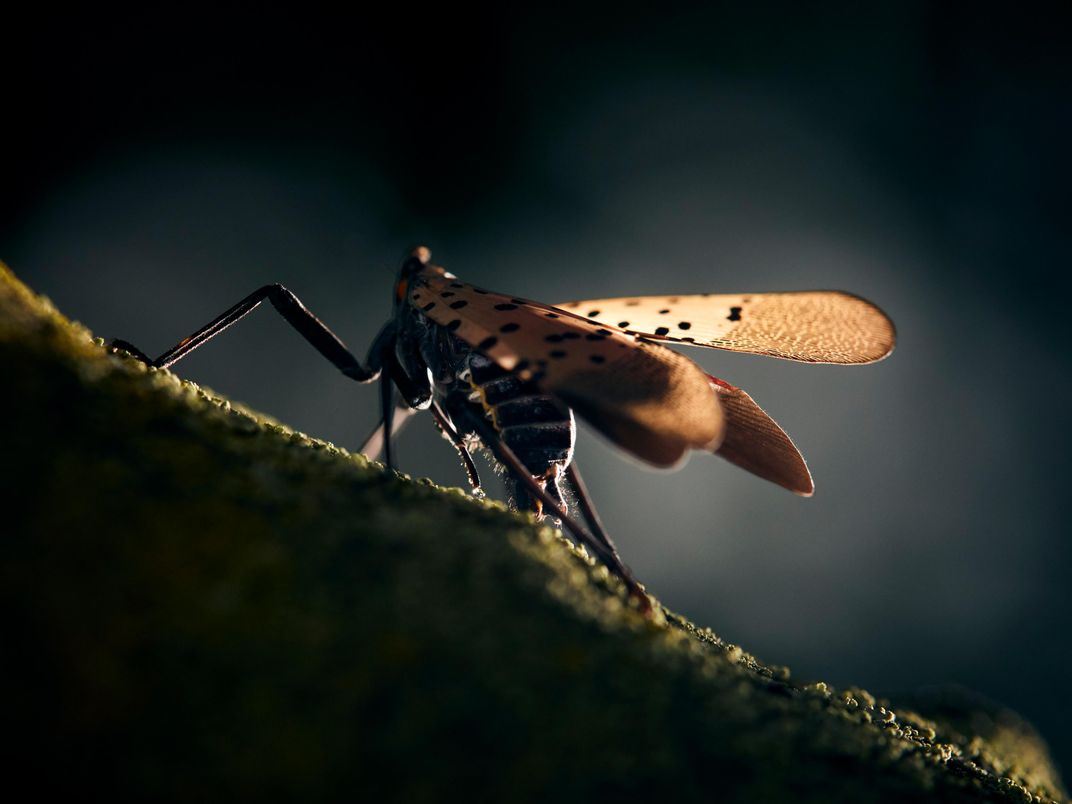
From its globular egg-mass beginnings, to its resplendent red and black, striped and spotted adult phase, when it swarms and ravages a plant to the point of devastation, the spotted lanternfly is both a hideous and a magnificent creature. If you are not a fan of bugs, then this story might just bug you out. But be brave! Find out what the insect means to U.S. vegetation—crops and backyard trees alike. — Maria Keehan
25. These Supper Clubs Are Using Food to Cross Cultural Divides
A group of strangers coming together to cook and share a meal in a home may feel like a distant memory nine months into a pandemic. But Laura Kiniry’s story, published in February, about a growing number of supper clubs connecting U.S. natives with immigrant neighbors has me hungry for a time when these nonprofits, many of which have pivoted to private online cooking classes and takeout orders, can once again hold in-person events. As Kiniry drives home in her story, the work of New York City’s The League of Kitchens, Tupelo, Mississippi’s Cooking as a First Language, New Haven’s Sanctuary Kitchen, Cleveland’s Local Abundance Kitchen, Baltimore’s Mera Kitchen Collective and Montclair, New Jersey’s The United Tastes of America is a powerful tool when it comes to tackling xenophobia in our country. — Megan Gambino
/https://tf-cmsv2-smithsonianmag-media.s3.amazonaws.com/filer/71/28/712882a3-d06d-4016-bb1c-1ff5b89bf44b/mobile_stories_you_missed.jpg)
:focal(1009x295:1010x296)/https://tf-cmsv2-smithsonianmag-media.s3.amazonaws.com/filer/f6/fd/f6fd4cda-ea2a-4a71-94be-f0ad0f500dc2/longform_stories_you_missed_2.jpg)